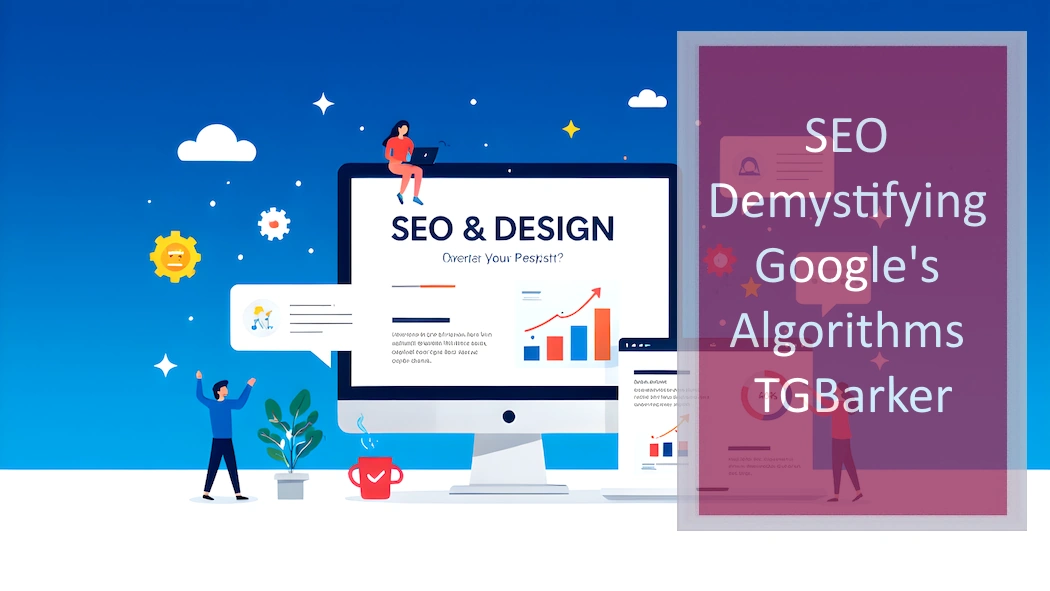What Is UX (User Experience)?
User Experience — or UX — is the craft of shaping how visitors feel and interact when they use your website. It’s more than design or layout; UX is the complete journey from the moment a visitor lands to when they leave. It includes everything from your site’s speed and structure to how clearly your content communicates value.
In essence, UX is the emotional and practical outcome of design, performance, and purpose combined. When it’s done well, visitors stay longer, engage more deeply, and are more likely to convert.
Why UX Matters to Every Website Owner
You could have the best product or service in your market — but if visitors find your site confusing or slow, they’ll leave within seconds. Studies show that 94% of first impressions are design-related, and users decide whether to stay or go in under three seconds.
Good UX is about clarity, trust, and flow. It helps visitors:
- Find what they need quickly
- Understand your offer immediately
- Feel confident they’re dealing with a professional business
Because Google now rewards websites that satisfy user intent, UX has become an essential part of modern SEO services. A well-structured, user-friendly site helps you rank higher and convert more — the perfect combination for business growth.
The Next Evolution: Context-Aware AI in UX
Traditionally, websites have been static — showing the same layout and tone to every visitor. But modern AI is changing that. With the ability to interpret UI patterns and contextual cues, AI can now understand what a user is doing and adapt in real time.
This new field, known as Context-Aware UX, lets websites observe and respond intelligently.
For example:
- If a visitor lingers on a form, the AI can highlight the missing step.
- If someone visits on mobile at night, the website can switch to a simplified, darker layout.
- If a returning user previously viewed a service page, the homepage can greet them with quick-access links or relevant offers.
Context-aware AI brings human intuition into digital design — making sites feel alive, responsive, and personal.
How Context-Aware UX Works
AI achieves this by analysing user behaviour, interface structure, and situational data. It can:
- Recognise layout hierarchies (navigation, forms, calls-to-action)
- Interpret interaction patterns (scrolling, pausing, hovering)
- Generate real-time guidance or suggestions that match the situation
Technically, it’s powered by:
- Computer vision – understanding on-screen elements
- Natural language processing – explaining actions in plain language
- Predictive modelling – anticipating what a visitor might do next
The outcome is a website that thinks along with the user rather than waiting passively.
Practical Examples of Context-Aware AI in Action
- Smart Chat Assistants: AI chatbots that remember context and continue the conversation naturally — no repetitive questions, just fluid guidance.
- Adaptive Layouts: Interfaces that change based on device, time, or user activity — simplifying menus for mobile users or switching to dark mode in low light.
- AI-Guided Onboarding: Step-by-step walkthroughs that detect when users need help and respond instantly.
- Design Co-Pilots: Tools like Figma’s AI Assistant that suggest design improvements based on usability patterns, helping designers build better experiences faster.
Why You Need to Pay Attention (Even if You’re Not a Designer)
If you own a website, UX and AI are no longer optional — they directly influence your traffic, conversions, and reputation.
- Search Engines Reward Better UX: Google’s algorithms measure engagement and satisfaction. Great UX improves ranking signals like dwell time and bounce rate.
- Users Expect Intelligent Experiences: People are used to Netflix, Amazon, and ChatGPT — systems that anticipate needs. A static site now feels dated.
- AI Tools Are Affordable and Accessible: Many context-aware features can be added to small business sites using plugins, analytics tools, or low-code automation.
- You’re Future-Proofing Your Brand: As AI becomes part of every website, early adopters will stand out for both innovation and usability.
To see how professional UX and AI-driven design can improve engagement on your site, explore our SEO Pricing Packages — designed for local businesses, SMEs, and brands wanting measurable growth.
The Human Element Still Matters
Even as AI grows smarter, the human side of UX remains vital. Design ethics, accessibility, and tone are what make AI guidance feel helpful rather than manipulative. Context-aware systems must serve users — not overwhelm them.
That’s where experience and judgment matter. Our About Us page explains how TG Barker’s work blends human insight with data-driven optimisation to create trust, clarity, and performance.
Bringing It All Together
Context-aware AI doesn’t replace UX — it enhances it. It creates websites that adapt, respond, and evolve around the user’s intent, delivering a seamless and intelligent digital experience.
If you’d like to explore how context-aware UX could help your business stand out, check out the industries we serve and read more insights on our blog.
At TG Barker, we help websites not just rank — but connect.


